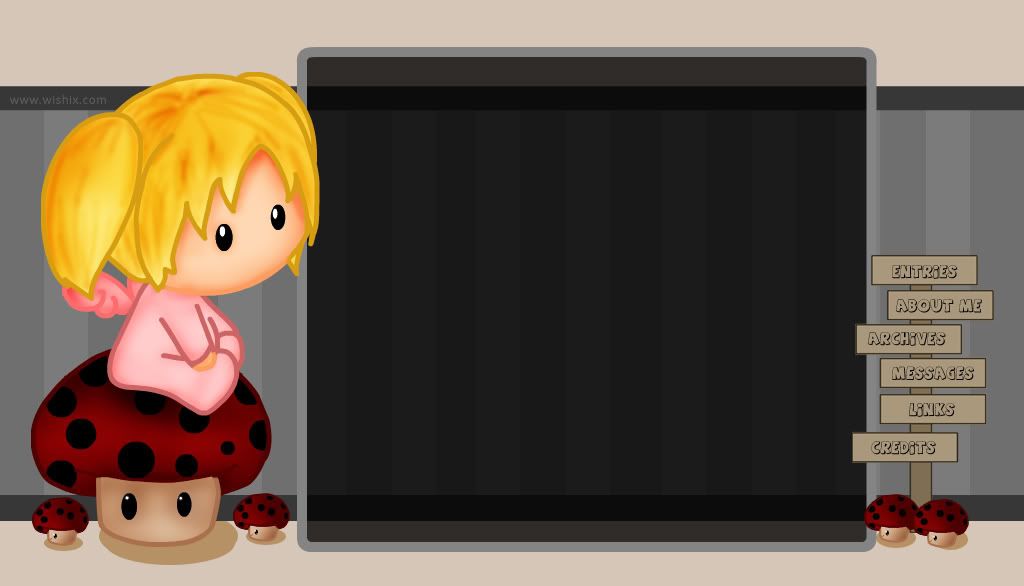Thursday, August 16, 2007
CONVERGING LENSES--RAY DIAGRAM
The method of drawing ray diagrams for double convex lens is described below. The description is applied to the task of drawing a ray diagram for an object located beyond the 2F point of a double convex lens.
1.) Pick a point on the top of the object and draw three incident rays traveling towards the lens.
Using a straight edge, accurately draw one ray so that it passes exactly through the focal point on the way to the lens. Draw the second ray such that it travels exactly parallel to the principal axis. Place arrowheads upon the rays to indicate their direction of travel. Draw the third incident ray such that it travels directly to the exact center of the lens.

2.) Once these incident rays strike the lens, refract them according to the three rules of refraction for converging lenses.
The ray that passes through the focal point on the way to the lens will refract and travel parallel to the principal axis. Use a straight edge to accurately draw its path. The ray which traveled parallel to the principal axis on the way to the lens will refract and travel through the focal point. And the ray which traveled to the exact center of the lens will continue in the same direction. Place arrowheads upon the rays to indicate their direction of travel. Extend the rays past their point of intersection.
3.) Mark the image of the top of the object.
The image point of the top of the object is the point where the two refracted rays intersect. All three rays should intersect at exactly the same point. This point is merely the point where all light from the top of the object would intersect upon refracting through the lens. Of course, the rest of the object has an image as well and it can be found by applying the same three steps to another chosen point.
4.) Repeat the process for the bottom of the object.
The goal of a ray diagram is to determine the location, size, orientation, and type of image which is formed by the double convex lens. Typically, this requires determining where the image of the upper and lower extreme of the object is located and then tracing the entire image. After completing the first three steps, only the image location of the top extreme of the object has been found. Thus, the process must be repeated for the point on the bottom of the object. If the bottom of the object lies upon the principal axis, then the image of this point will also lie upon the principal axis and be the same distance from the mirror as the image of the top of the object. At this point the entire image can be filled in.
Source: http://www.glenbrook.k12.il.us/gbssci/phys/Class/refrn/u14l5da.html
trishaleen
6:16 AM
Tuesday, August 14, 2007
Update from the last post...I mentioned there that I got 21 for my partial point in the long test, now the final score 22.5! Such a great improvement huh? LOL.
The real reason for this post are 1.)Second Long Test 2.) Periodic Test 3.) And this blog as a whole.
SECOND LONG TEST
>>The second long test is a LITTLE bit easier, for me. At least I got 50% of the HPS. Another thing is I got +3. YEY!...Almost everyone got additional points too. No matter how small the additional point is, it will help a LOT because in Physics, EVERY POINT COUNTS. Haha.
PERIODIC TEST
>>The test was really hard. Although some of the questions given were somewhat similar from the past quizzes. As of now, that's all that I can say for the PT.
BLOG
>>I'm having a hard time editing this blog but I'm not complaining. It's just that, I am not familiar yet with blogging 'coz I am not really fond of making this online journal or whatsoever. Another is, I still don't have the post for vectors and ray diagram. I'm planning to have all of those stuff in this blog by Saturday (evening). Promise...promise...promise.
That's all for today. Promise, on Saturday.
trishaleen
5:02 AM
